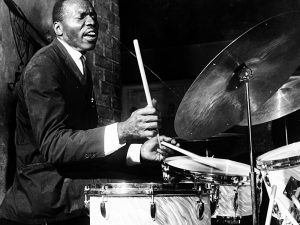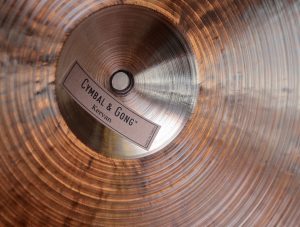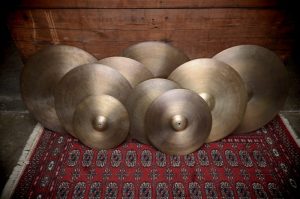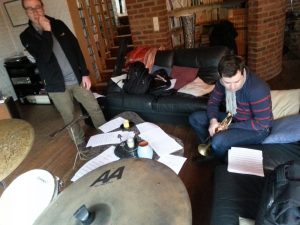 A few thoughts and guidelines for selecting a great jazz ride cymbal— the same standards we apply in selecting every cymbal we sell.
A few thoughts and guidelines for selecting a great jazz ride cymbal— the same standards we apply in selecting every cymbal we sell.
Basics
20, 21, 22″ are normal, full-voiced ride cymbals. 18, 19, 24″ are semi-normal, but a little more limited— 18/19 are simpler, 24 is grandiose. Not every situation calls for the Gustav Mahler of ride cymbals.
<18″ ride cymbals are specialty items— for Dixieland, or Bossa Nova, or rehearsals; >24″ cymbals… consider seeking professional help!
Function
A jazz cymbal should be multi purpose. It needs to handle well and sound great when riding, crashing, playing accents with the shoulder of the stick, and playing the bell.
Playability
It should be well suited to your touch, so you can play in a way that is comfortable to you, and have it be the right volume— not louder or softer than you intend. It should be controllable and sound good played soft or loud, through the usual range of styles/settings you play. It should sound good with a variety of normal sticks for the music— it shouldn’t demand special sticks.
Sound
It should have a fairly complex sound— sought-after sounds are either warm/dark (like our Holy Grail or Kervan series, or vintage K Zildjian) or bright/airy/musical (like the Leon Collection, or Paiste 602), or moderately bright/complex (like the Merseybeat or American Artist series, or 1960s and earlier A. Zildjian). The ride cymbal is your main voice, so it shouldn’t be overly ear-catching or unusual by itself— just like any other normal instrument, an acoustic bass, piano, tenor sax. For their main voice, musicians typically seek sounds that are classically excellent. It’s an instrument, not the main show by itself.
Inspiration
It should make you want to play it— its sound on all the basic functions should be pleasing and exciting. It shouldn’t be annoying, or cause you to flinch because it did something you didn’t expect. It should sound like a record that defined a great cymbal sound for you. You could sacrifice playability a bit if it leads you to play more thoughtfully, without being a distraction.
“Left side” ride cymbal
The second ride cymbal is usually about forming an ensemble, complementing the main cymbal. You can make moderate compromises on the above criteria. Most often the second ride will be in the area of a crash/ride— a little lighter and airier than you might use for your main cymbal. It should contrast the main ride, and have a nice melodic interval with it. Usually smaller and lighter, sometimes heavier, it could also be a brighter or darker sound, too. Possibly with rivets, if the main cymbal doesn’t have them.


 I want to give a little context for the late
I want to give a little context for the late  Originally posted on the CRUISE SHIP DRUMMER! blog in
Originally posted on the CRUISE SHIP DRUMMER! blog in